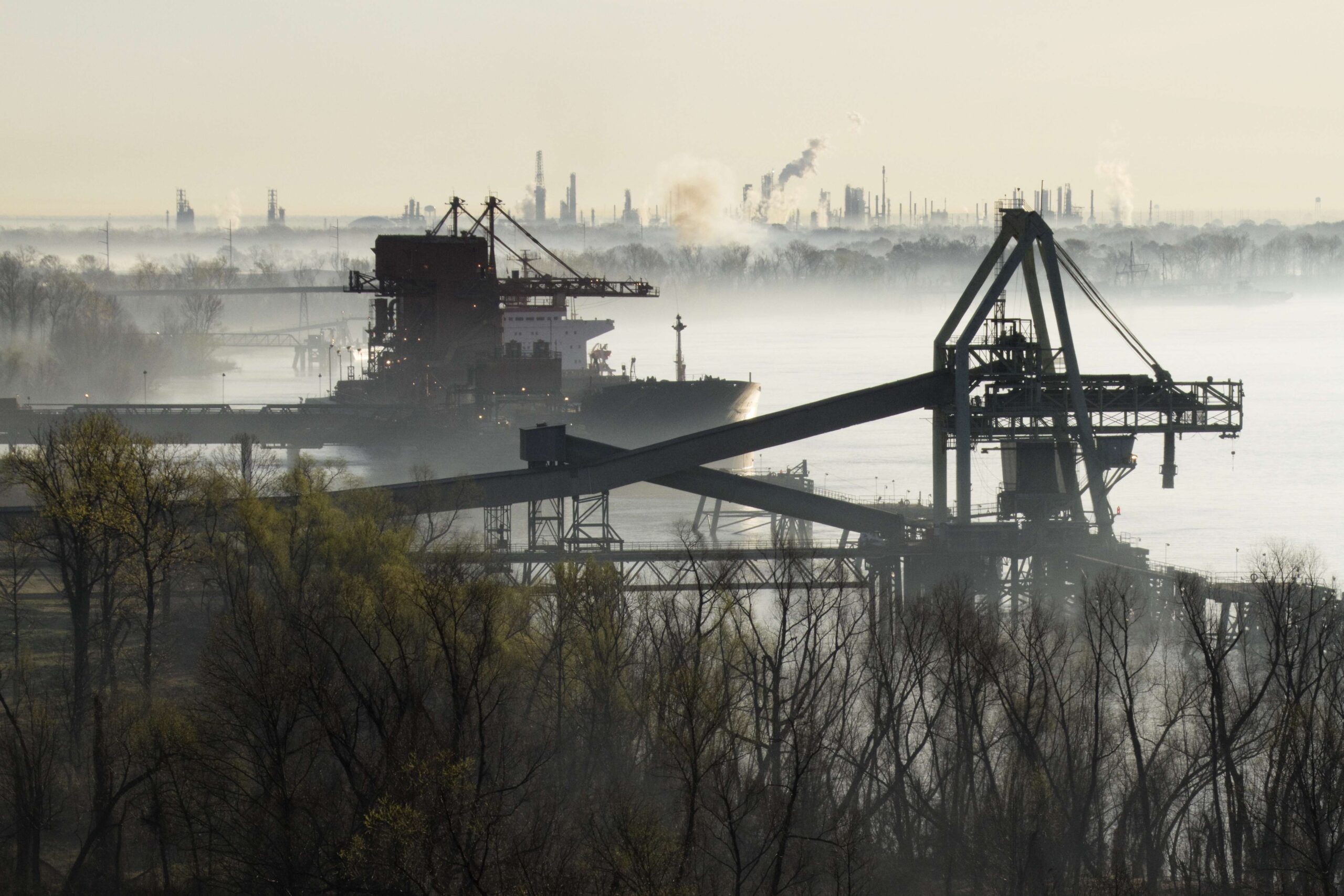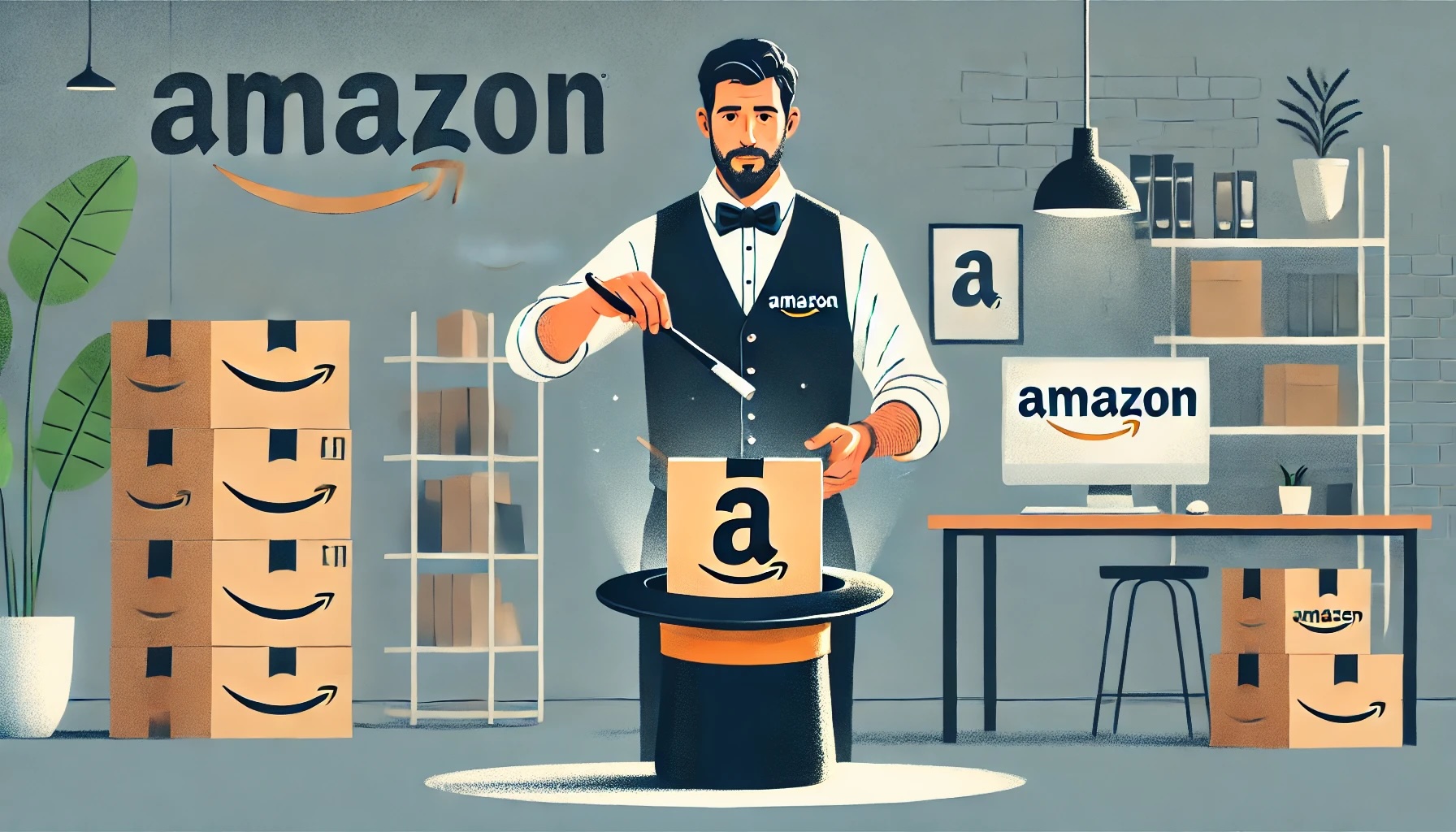The Global Threat of Coal Shortages in China
What’s happening to supply-chain and how to mitigate risks to your Amazon Store

The onset of Covid back in 2021 wasn’t just a health crisis; it was an economic crisis as well. Employment dropped at staggering rates, hospitals couldn’t manage the surge of Covid-inflicted patients, and many businesses shut down.
But, there was a juxtaposition amongst all this peril. While the rest of the world faced crushing debt and loss of income, those that had been selling on online marketplaces like Amazon amassed a surge of revenue due to the sudden shift from people purchasing at brick-and-mortar stores, to relying on online retail to deliver their goods.

Another pivotal thing happened: A significant number of those who lost their jobs decided to start their own businesses, moving onto Amazon’s platform in hopes of deviating from financial ruin.
But due to the coetaneous effects of a surge in product demand with lack of resources in hotspot manufacturing countries like China to meet those demands, a perfect storm has afflicted both manufacturers and sellers. As we head into 2022, the supply chain crisis has only grown, with unforeseeable issues that now threaten retail operations and the economy at large, driving inflation upward of 5%.
The Supply Chain Crisis is Affecting More than Just Retail

And here’s the thing: It’s not just a matter of low inventory on essentials like toilet paper, bleach, and hand sanitizer (as we witnessed when COVID first hit). The deficit of products extends to goods such as chicken, where mom-and-pop restaurants along with high-profile chains like KFC have to ration out fowl and other foods. Liquor stores have been having trouble keeping bottles on their shelves. Hospitals remain low on stockpiles of medical supplies, causing some to implore the Supply Chain Task Force to do something about the shortage.
Supply-chain congestion is the leading cause for this shortage, creating unprecedented shipping lag-times, impending shipping cost increases, and ports along the west coast of California being clogged. This has resulted in a longer wait time for consumers, a fervent panic for sellers, as well as an increase in unit prices for both parties involved.
Why Are There Delays in Shipping and Manufacturing in China?
For e-commerce and brick-and-mortar retailers, turnover times that used to hover around 6-8 weeks are now taking 4-6 months. This is the result of Covid lockdowns, staffing shortages, and now, China’s coal crisis forcing the rationing of gas and electrical power. As a result, manufacturing and shipping costs have risen exponentially.
In 2019, a container from Shenzhen to the port of Los Angeles would cost around $3500, whereas today, that same container can set a seller back $28,000 – $42,000. (Although, these numbers are projected to go down significantly as we round into Q4). Large conglomerates like Home Depot and Costco have been left to rent out entire container vessels for more control over shipping from Asia to the US.
While the current supply-chain crisis is hemorrhaging profit margins from all sorts of businesses, the issue is even more problematic for Amazon FBA sellers for a few reasons:
- Amazon limits how many units of inventory they will store for you. Their main bread-and-butter is selling products, not storing them. So, Amazon sellers are placed in this quagmire of not knowing how much inventory to reorder. Order too little and you’ll sell out too soon and have to wait upward of 4-6 months for new inventory. This in turn results in lowering your IPI score, suppressing your listing, losing profits, and dropping your ranking.
- Order too much and Amazon won’t accept your inventory, forcing you to find an FBM warehouse solution.
A Shortage In the Freight Trucking Industry
As if overseas shipping wasn’t enough of a quandary, the trucking industry in the U.S. has taken quite the hit as well. According to Yahoo News, data from the Bureau of Labor Statistics signified that in the depths of the COVID-19 pandemic, the truck transportation industry lost 6% of its pre-pandemic labor force of 1.52 million workers. As of July 2021, the trucking industry has recovered only about 63,000 of those lost jobs.
And that’s not all…
Electricity Rationing In China
To understand how we got to this point, you first have to understand that China has long been the world’s largest greenhouse gas producer. In efforts to stave off future dependency on coal and to press for more environmentally-friendly resources, in September of 2020, Chinese President Xi Jinping conceded to lower carbon dioxide (CO2) emissions before 2030 and achieve carbon neutrality before 2060.
And the use of coal did go down as a result of COVID and the lockdowns.
However, at the turn of 2021, the demand for coal in China skyrocketed in response to “post-pandemic” travel, going out, and an influx in consumerism. As China’s export machine roared back in full force, factories that operate largely on coal took on the weight of the world, with a massive shift in supply and demand. Environmental regulations that had been imposed pre-COVID loosened their proverbial chains on coal-intensive sectors as a way to help breathe life back into the economy.

Now, thermal coal has tripled in price on some commodities exchanges. About 90% of coal used in China is domestically mined, but mining volumes from some of China’s northern regions have dropped by as much as 17.7%.
Normally, those higher coal prices would be the responsibility of factories or businesses utilizing it, but electricity utility rates are capped in China, threatening power plants to the brink of financial collapse due to skyrocketing coal prices forcing them to operate at a loss. Bottom line: if coal companies are operating at a loss, they stop operating at all.
Roughly 57% of China’s power comes from burning coal, placing China in quite the conundrum. In efforts to reverse the damage (or at least control it), small governments are rationing electricity in both the public and personal sectors of the country.
Because of limited coal sources, factories have felt the effects of these new laws, shutting down operations for days – sometimes weeks.
What Does the Future of Supply Chain for Amazon Sellers Look Like?
While the breadth of possibilities with Amazon’s platform is endless, these are certainly hard waters to navigate during this time, especially when you conflate the current affairs with the Anti-Trust bill that is putting much focus on what some may describe as “a marketing monopoly.”
This information is not intended to distress any current sellers on the behemoth, but rather to help prepare them for what is forecasted to be very unprecedented times.
How Do I Protect My Supply Chain and Inventory?
Supply Chain Financing (or SCF) has become a backup plan for many companies to mitigate some of the supply-chain risks and backlogs. Suppliers can receive early payment on their invoices to help abate the risk of supply chain disruption, enabling both buyers and suppliers to optimize their working capital. Some refer to it as reverse financing, however, it should be noted that this specialty financing is often reserved for the largest corporations in the world.
Another proactive thing you can do is make sure that you get your product right the first time so that there are no issues with returns. In the crux of all this chaos, many sellers are rushed to get their product in stock so they skip inspections. Obviously, this saves both time and money in the short term, but it could cost you a lot more in the long run. Having shoddy products means more returns and more shipments. Plus, sending your customers defective products creates havoc on your profit margins, ranking, and long-term business valuation.
Conclusion
While all of the external constraints have negatively affected nearly everyone in retail, Amazon SMBs that rely on Amazon FBA as their primary warehouse and distribution solution have taken a big blow. Many are turning to FBM options to override Amazon’s limited stock options, but this poses a new issue: a lack of Prime users purchasing said products coupled with skyrocketing costs of UPS.
Business insiders and consumers alike are closely watching the trajectory of overseas exportation moving into this holiday season. What should be a highly-grossing, peak season for online retailers is instead leaving sellers mystified.
To put it into perspective, Nike stock is down 6% according to their announcement that “We expect revenue growth to be flat down to low single digits versus the prior year as factory closures have impacted production and delivery times for the holiday.” This is coming from Nike. NIKE. One of the world’s most recognizable and in-demand brands.
Whether this comes as comfort to you or adds more anxiety, just know that we’re all in the same boat.


